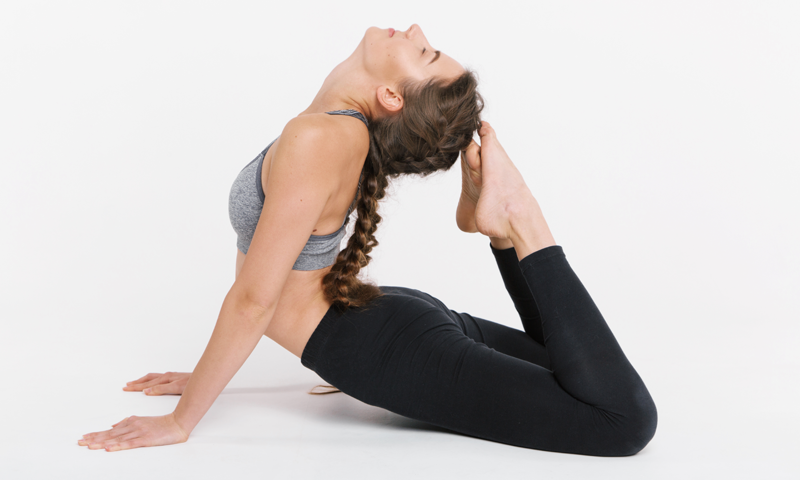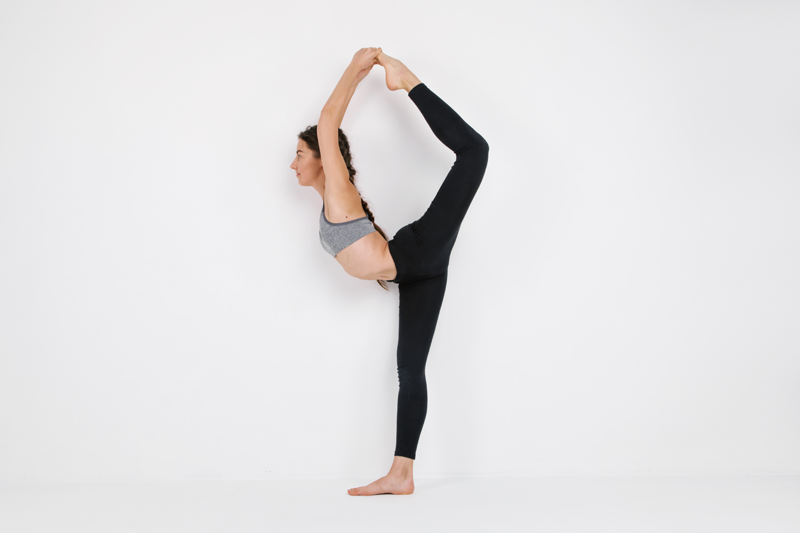
What is Yoga Svaroopa?
1st June 2018
How to Make Yoga Your Lifestyle
13th June 2018What is Yoga Satyananda?

Yoga Satyananda is a traditional yoga practice which uses physical postures, breathing tech-niques, tantric practices, cleansing practices, pratyahara, and meditation. Unlike other yoga styles, Satyananda places equal focus on all of the yogic techniques, rather than concentrating on just physical movement. While the nature of the style is gentle, Yoga Satyananda is one of the most transformational practices out there. Working on all levels of our being, the practice helps us to improve our physical and emotional body and connect with our inner self. For best results with Satyananda, it’s important to keep warm. This allows the body to fully relax into each technique. With this in mind, it’s worth picking up a cosy yoga sweatshirt before beginning. In this article, we explore Yoga Satyananda in more detail.
Practice
Yoga Satyananda classes can be found in various studios worldwide. If you’re looking for a new class to attend, a quick google search will reveal your closest studio. While all Satyananda classes are unique, the basic structure of each session remains the same. Typically, the class will begin with some gentle stretches. This allows practitioners to get warmed up and focus their mind. As the practice is adaptable, the classes are suitable for yogis of all ages and abilities. Instructors will adapt their teaching style to suit each student; If you’re an experienced practitioner, the instructor will help you to achieve a deeper level of awareness. If you are just starting out, you can practice the style at a lower level until you feel more comfortable.
When you first join a Satyananda class, the first few months will comprise of breathing exer-cises, asanas, and a tantric technique known as Yoga Nidra. This yogic technique works to simultaneously relax the body and mind; eventually, practitioners can use Yoga Nidra to move their consciousness beyond the mind. Physical movement and breathing exercises help practitioners to develop a deeper awareness of the body and mind. Unlike other yoga styles, the focus of Satyananda is not perfect alignment; instead, students are encouraged to notice any sensations within their body whilst performing asanas. Below, we discuss the areas of Satyananda in more detail.
Asana
One of the key areas of Yoga Satyananda in asana practice. Before moving onto other areas of the style, practitioners must first master the physical postures. Practising asanas regularly can improve flexibility and improve the physical and emotional health. Asanas used in Satyananda include Cobra Pose, Bow Pose, Lotus Pose, Seated Forward Bend, Locust Pose, Cat-Cow Pose, Mountain Pose, and Diamond Pose. Improving flexibility and energy levels, regular asana practice can make other areas of Yoga Satyananda easier.
Pranayama
Breathing is another important area of Yoga Satyananda. Practising a range of breathing exercises can help us to have full control over our breathing. This is beneficial when using asanas and meditation as we understand when to inhale and when to exhale. One of the most popular breathing techniques is Ujjayi Breathing; designed to create stability in the body, the pranayama is also known as Victorious Breath or Ocean Breath. The technique is beneficial to practice after an asana sequence to help lower the heart rate and cool down the body. Like any breathing exercise, Ujjayi can be used to increase awareness of our breath. Additionally, the technique can improve our posture and teach us to use our full lung capacity.
When using pranayama, it’s important to use mudras alongside. Best described as hand gestures, mudras allow the positive energy created during pranayama to be transferred to the body. Practising pranayama without using mudras means that the positive energy will be released into the air, rather than benefitting the body.
While there is a range of different mudras, most practitioners begin with a simple mudra when using pranayama. To use this, touch the tip of your index finger on the tip of your thumb. Keep your other 3 fingers extended.

Meditation
The other key component of Satyananda Yoga is meditation. Satyananda classes teach various different meditation techniques that can be used when you practice. When using meditation, it’s also important to use mudras. Using these will allow the positive energy to be transferred into the body at the end of each session.
Meditating regularly has a range of health benefits including reduced stress, increased concentration, and higher awareness and the body and mind. Many yogis believe that meditation teaches you the ideal way to live life.
Benefits
Like all yoga styles, Yoga Satyananda boasts a range of health benefits. Some of these benefits can be seen immediately, while others require regular practice. One of the first benefits to appear is deep relaxation – This can be achieved after a single class. Another immediate benefit is the relief of tension. As asanas immediately release tension held in the muscles, practitioners feel more supple and relaxed after just one class. To prevent the tension from reoccurring, asanas should be practised for a few minutes each day.
Over time, Yoga Satyananda helps the muscles to become stronger. Not only can this improve physical health, but it can also improve our physical appearance. However, this benefit is thought to be a side effect of the practice as opposed to a goal.
In Summary
Whether you’re hoping to improve your physical health or you’re more interested in connecting with your inner self, practice Yoga Satyananda regularly to reap the benefits. As mentioned earlier, it’s important to stay warm when practising Satyananda. Keeping the muscles warm before each session will allow them to stretch further without injury. Picking up a thick yoga hoodie and a full-length pair of sweatpants will keep you warm on your journey to class.

